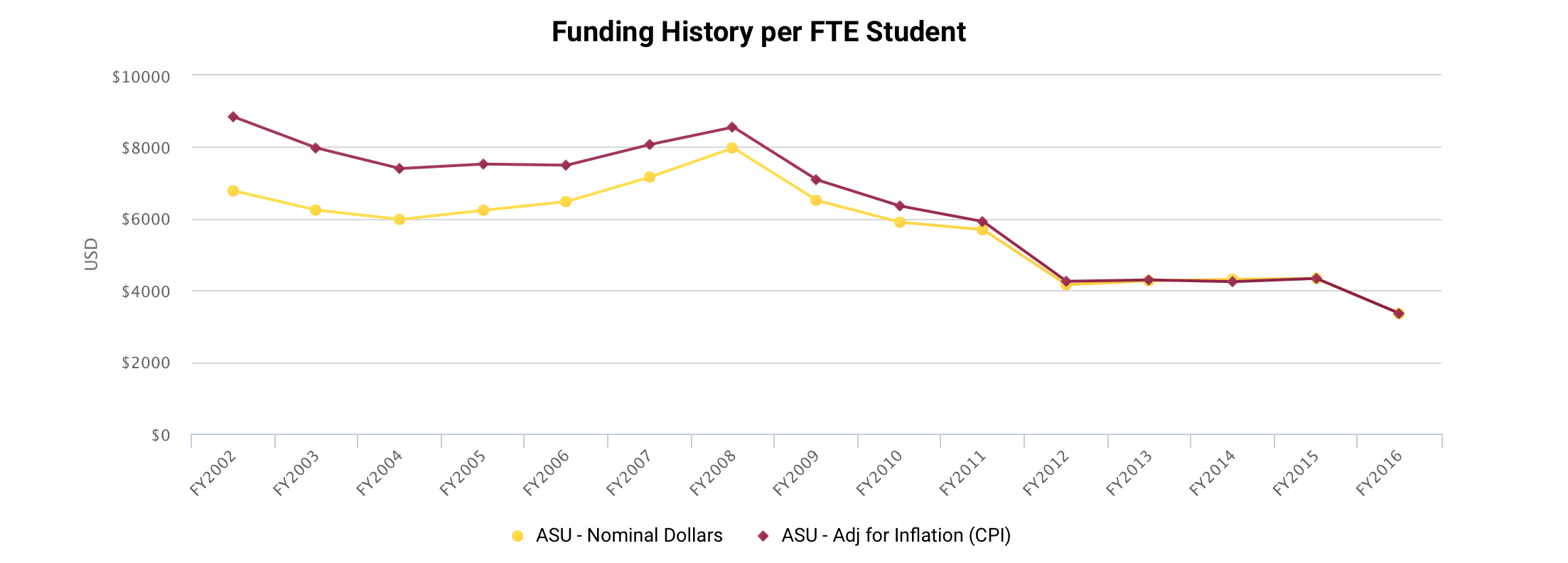Democratic presidential nominee Hillary Clinton has made reducing the cost of higher education a key plank in her campaign by vying for the Millennial vote as tuition increases can cause concern for students and parents across America.
She reinvigorated her efforts on Sept. 12 when she released an interactive calculator that visualizes her college tuition plan. The calculator has two functions — predicting savings for those planning on going to college and predicting the actions the plan would provide to help with existing student loan debt.
The calculator asks for several simple inputs including household income, state of residence and enrollment in a two-year or four-year college.
Introducing our college calculator: Find out how much Hillary's plan could save you or your family on student loans. https://t.co/nG8sti3EOV
— Hillary Clinton (@HillaryClinton) September 12, 2016
This calculator is based off an education plan Clinton proposed in July. The plan is the second one she has proposed over the course of her presidential campaign and came after negotiations between her and the Bernie Sanders campaign.
Sarah Flanagan, vice president for government relations and policy development at the National Association of Independent Colleges and Universities, said the policy itself might not matter in the long run.
“She has put out more detail than Trump or Sanders," Flanagan said. "But it doesn’t matter because Congress controls the budget, and she would have to have bipartisan support."
According to the United States Census Bureau, the median household income in Arizona is $49,928.
If an in-state student in Arizona were to attend a four-year university under the current median household income, they would save $42,600 over the course of four years under Clinton’s plan, according to the calculator.
ASU declined to comment on specifics because each student's situation has the potential to be unique from the any other one.
The second half of the calculator is designed to help students who have taken on debt to go to college, according to the Clinton campaign's website.
Clinton’s plan would require states to increase funding to cover the elimination of in-state tuition. This would require a massive change for Arizona and other states which have traditionally cut education funding.
Arizona has sloped generally downward in its funding to ASU since 2002, after an increase which peaked in 2008. Flanagan said that this is the main crux of Hillary’s plan.
“The whole premise of this is that what they are trying to do is reverse state disinvestment,” she said. “That is the worry — that even if the federal government gives a generous amount of money, states won’t pay.”
Critics of Clinton’s plan fear that it could leech students from the private sector, overwhelming universities and limiting the choices students have.
A Georgetown University study supports these worries, noting that enrollment at private colleges would go down as public enrollment goes up under the plan.
“The private colleges will not be left with enough tuition revenue to pick up the slack left by less enrollment,” Flannagan said. “What you're going to pull out of the system is a substantial amount of tuition, and if you want to keep quality, the tax payers are going to have to pick up the slack."
Rick Herrera, a political analyst and professor at ASU, said that this could cause an influx of students for the University — one it may not be able to keep up with.
“Although different institutions would react differently, the main challenge would be the big increase in students who would be applying (to) and attending the University,” he said.
Herrera also shares doubts that such a plan would make it through Congress, given that other similar plans have stalled up to this point.
Kanin Pruter, an organizer for the Arizona Democratic party and president of Students for Hillary ASU chapter, said the calculator was a good way to simplify the Clinton education plan.
“I think it's accurate in the sense that it helps students visualize and conceptualize her plan,” Pruter said. “You can give them the long pitch, or you can keep it short, simple and to the point.”
Pruter said that it isn’t as much about the policy as it is about the person behind it that merits the plan.
“At the end of the day you can look at her history in politics," Pruter said. "She looks across the aisle regardless. What Clinton’s plan is about is being realistic and acknowledging what they can actually achieve; as a Democrat, it is unrealistic to ask a Republican-run congress to fully fund education.”
Reach the reporter at isaac.windes@asu.edu or follow @isaacwindeschef on Twitter.
Like The State Press on Facebook and follow @statepress on Twitter.





